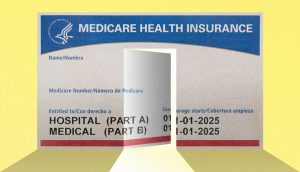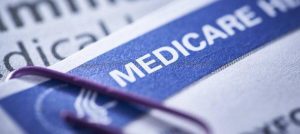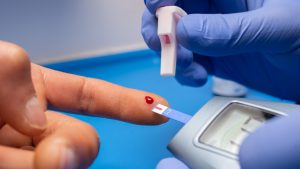
Major depressive disorder is one of the most prevalent mental health conditions worldwide, and its impact is even greater when combined with chronic conditions like diabetes. People with diabetes are twice as likely to experience depression, creating a vicious cycle where both conditions worsen each other.
In light of this issue, the recent FDA approval of an esketamine nasal spray to treat resistant depression offers an innovative and promising alternative that could greatly benefit patients facing both conditions.
Diabetes and Depression: A Concerning Connection
The relationship between diabetes and depression is complex. The constant fluctuations in glucose levels, concerns related to managing the disease, and side effects from certain treatments can trigger depressive symptoms. At the same time, depression can make it harder to manage diabetes, leading to poor control over diet, medication, and blood sugar levels.
This combination not only impacts the quality of life but also increases the risk of severe complications such as cardiovascular disease, kidney damage, and neuropathy.
A Significant Advancement for Those Facing Both Conditions
The FDA’s approval of an esketamine-based nasal spray marks a significant advancement in the treatment of resistant depression. This medication is designed for patients who have not found relief with traditional antidepressants and offers a fast and novel action pathway, which could be a turning point in the care of people with diabetes who also face depression.
The spray works by targeting specific receptors in the brain, regulating mood through the neurotransmitter glutamate. Unlike conventional treatments, which can take weeks to show effects, this new approach has demonstrated significant improvements in just 28 days.
Benefits for People with Diabetes
For individuals with diabetes, treating depression is crucial not only for improving emotional well-being but also for optimizing disease management. Reducing depressive symptoms could help patients:
- Improve adherence to medical treatments.
- Regain motivation for maintaining a healthy lifestyle.
- Reduce risks associated with poor glucose control.
Important Considerations
While this advancement opens up new possibilities, it is essential to approach its use in a personalized manner and under medical supervision, especially for people with chronic conditions like diabetes. Furthermore, more studies are needed to assess the long-term effects on patients with comorbidities.
Final Reflection
The connection between diabetes and depression highlights the importance of developing effective treatments that address both conditions. This new FDA-approved medication not only promises to improve the quality of life for those dealing with resistant depression but could also make a significant difference in the comprehensive management of diabetes.
Every step in medical innovation is an opportunity to transform lives, especially when it comes to interconnected conditions like diabetes and mental health.

Type 2 Diabetes: Is It Really Reversible?
A recent National Geographic article [link] explores how type 2 diabetes could be reversible with the right approaches. This condition, which affects millions of people worldwide, has long been considered a chronic and progressive disease. However, recent research challenges this perception and suggests that with lifestyle changes and the right approach, remission is possible. The

How Do GLP-1 Drugs Compare? A Breakdown of Ozempic, Mounjaro, and Trulicity
GLP-1 receptor agonists have revolutionized diabetes management, with drugs like Ozempic, Mounjaro, and Trulicity leading the market. But how do these medications compare in terms of effectiveness, side effects, and patient outcomes? Let’s explore their differences and what they mean for diabetes patients. Understanding GLP-1 Medications GLP-1 receptor agonists mimic a natural hormone that helps

Why Has Medicare Spending on Diabetes Medications Skyrocketed in 5 Years?
In the past five years, Medicare spending on diabetes medications has increased nearly fivefold, reaching $35.8 billion in 2023. This surge has been primarily driven by the growing use of GLP-1 drugs such as Ozempic, Mounjaro, and Trulicity. But what is behind this cost escalation, and how does it affect patients and the U.S. healthcare

The Gut Microbiota and Blood Sugar Control: A Hidden Connection
The human gut is home to trillions of bacteria that play a crucial role in digestion, immune function, and even metabolism. Recent research has revealed a fascinating link between the gut microbiota and blood sugar regulation, shedding light on how the balance of microbes in our intestines can influence diabetes risk and overall metabolic health.

The Dawn Phenomenon: Why Blood Sugar Rises While You Sleep
For many people with diabetes, waking up with high blood sugar levels can be frustrating—especially if they didn’t eat anything overnight. This early-morning spike in blood glucose is known as the Dawn Phenomenon, and it happens due to natural hormonal changes in the body. But why does it occur, and how can it be managed?

The Influence of Red Light on Blood: Can It Improve Diabetes?
Type 2 diabetes is a metabolic disease characterized by insulin resistance and elevated blood glucose levels. In the search for complementary alternatives to improve glycemic control, red light therapy has gained attention due to its potential to enhance circulation, reduce inflammation, and optimize cellular function. But what does science say about it? ✨ What is
